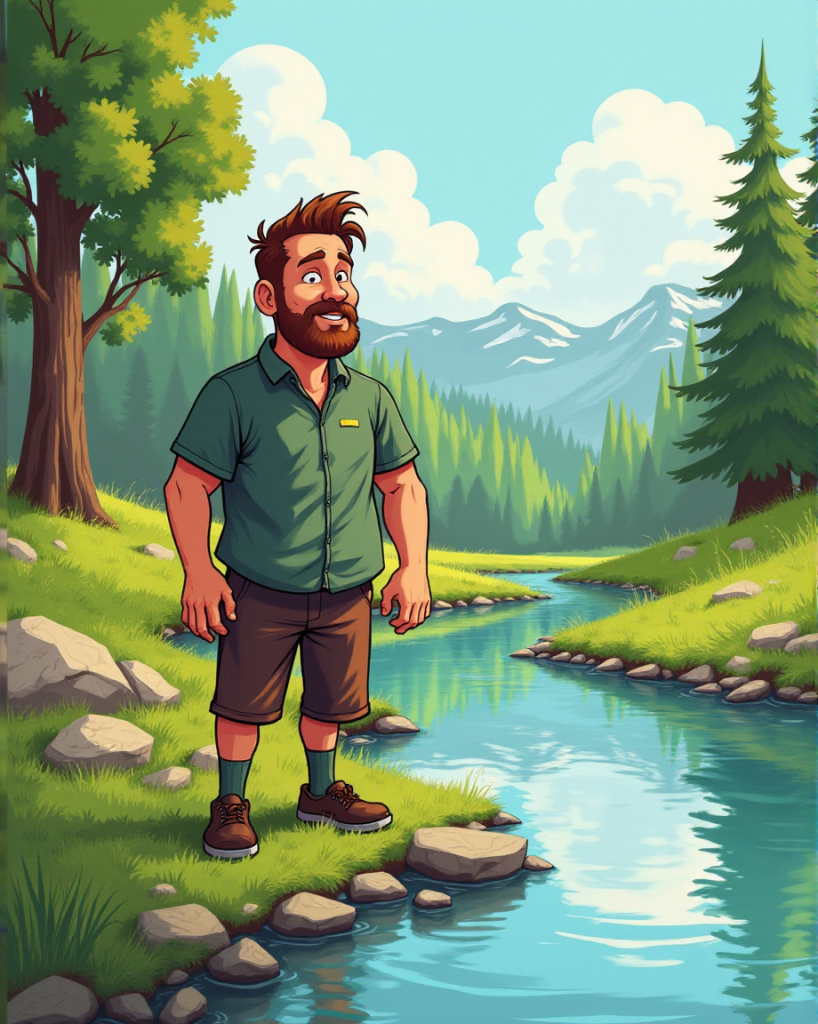En una pequeña isla en medio del océano extenso crecía una hermosa flor amarilla de oro. Nadie sabía cómo había llegado allí, porque en esta isla no había ninguna flor aparte de ella. Las gaviotas venían volando para contemplar este milagro con asombro. “Es linda como el sol”, decían. Los peces venían nadando. Levantaban las cabezas encima del agua para admirarla. “Es linda como un coral”, decían. Un cangrejo salió a la tierra para mirarla. “Es linda como una perla en el suelo del mar”, dijo. Y todos venían casi cada día para admirar esta flor.
Un día, cuando volvieron para contemplar la flor, se encontraron con que los pétalos dorados de la flor se habían vuelto marones y secos. “Ay de nosotros”, dijeron las gaviotas, los peces y el cangrejo. “El sol quemó nuestra flor. ¿Quién ahora nos refrescará el corazón?”. Y todos se pusieron tristes.
Pero algunos días más tarde apareció en lugar de la flor una maravillosa bola de color blanco tierno. “¿Qué es eso?”, preguntaron los animales. “Es tan blando como una nube”, dijeron las gaviotas. “Es tan ligero como la espuma de las olas”, dijeron los peces. “Es tan fino como el resplandor del sol en la arena”, dijo el cangrejo. Y todos los animales se alegraron.
En este momento un golpe de viento barrió la isla y sopló este milagro blanco dispersándolo por ella en miles de copos. “Ay de nosotros”, hablaron las gaviotas, los peces y el cangrejo. “El viento ha dispersado nuestra bola. ¿Qué alegrará nuestro ánimo ahora?” Y todos estaban tristes entonces.
Un día por la mañana, al levantarse el sol sobre la mar, allí en la luz dorada matinal relucieron cientos y cientos de hermosas flores color amarillo de oro. Entonces bailaron las gaviotas en el cielo y los peces en el agua, y el cangrejo bailó con sus amigos una danza de rueda en medio de las flores, y todos se alegraron.
(Por Stefan Hammel, traducción: Bettina Betz)

